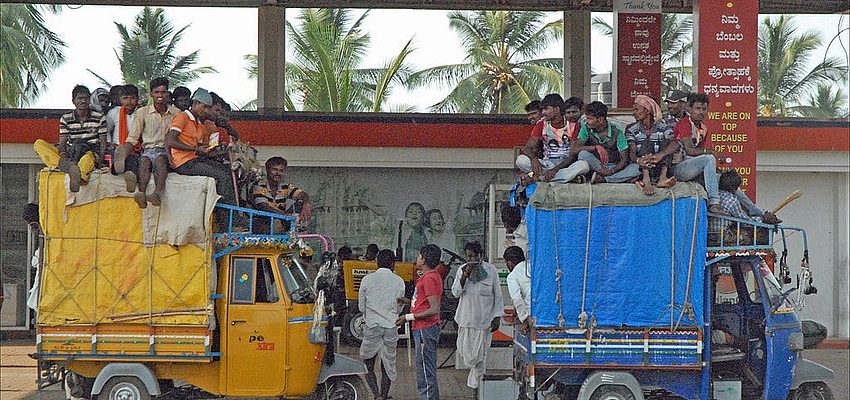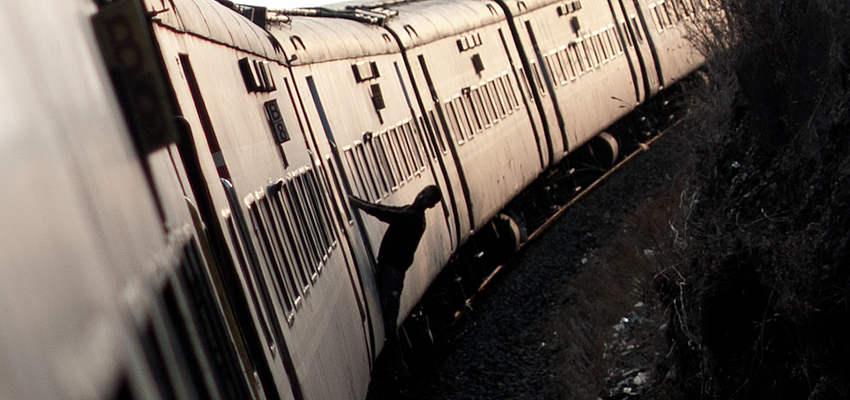


The main means of transport are those that we know well: train, bus and ferry. The majority of these networks are, therefore well developed. They maybe a little different if you travel in North or South India.
Airline companies are vying to compete for internal flights. Do not hesitate to look at a number of companies. Finally, be aware that the prices are in rupees and if you want to pay in pounds you will be overcharged. Moreover the seasons, the festivals and/or the public holidays have a great impact on prices. The security in airports is strengthened in general depending on your destination, you may not be able to carry hand baggage. For example, the more sensitive regions of the north between Pakistan and China.
The trains in India are an unforgettable experience. More comfortable than the bus, they are recommended for longer journeys and part of the trip will be done overnight. The Indian network is one of the densest in the world, with 6900 stations spread across the country. Note that on some busy routes, a tourist quota is applied and only a few places are reserved for foreign travellers.

The bus is often the only option to go to the mountainous regions (for example, to Aurangabad). They are one of the most economical options, the fastest and most frequent in India. This is not counting the state of the roads, but also the buses, which can turn the journey into a "bumpy" experience. Avoid travelling at night for obvious safety reasons, know that the majority of buses do not have onboard toilets. This obviously lengthens the time of the journey. There are different tariffs for different levels of comfort (air conditioning, reclining seats).
The ferries are mainly used to cross rivers or travel along them and are used more in the south than the north.
To move around Indian cities there are many means of transportation which are intended for two people at first sight, but which end up carrying a lot more people. They are called auto-rickshawsor tuk-tuks. They have the advantage of being cheaper than a taxi, but more likely to make you live the urban experience with the odours, dust and noise.
The buses in the big cities are overcrowded and often find themselves stuck in traffic, so travelling by auto-rickshaw or taxi is recommended.